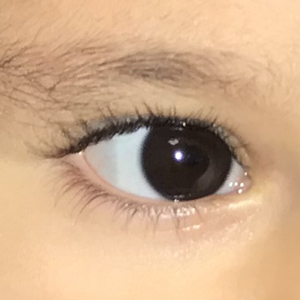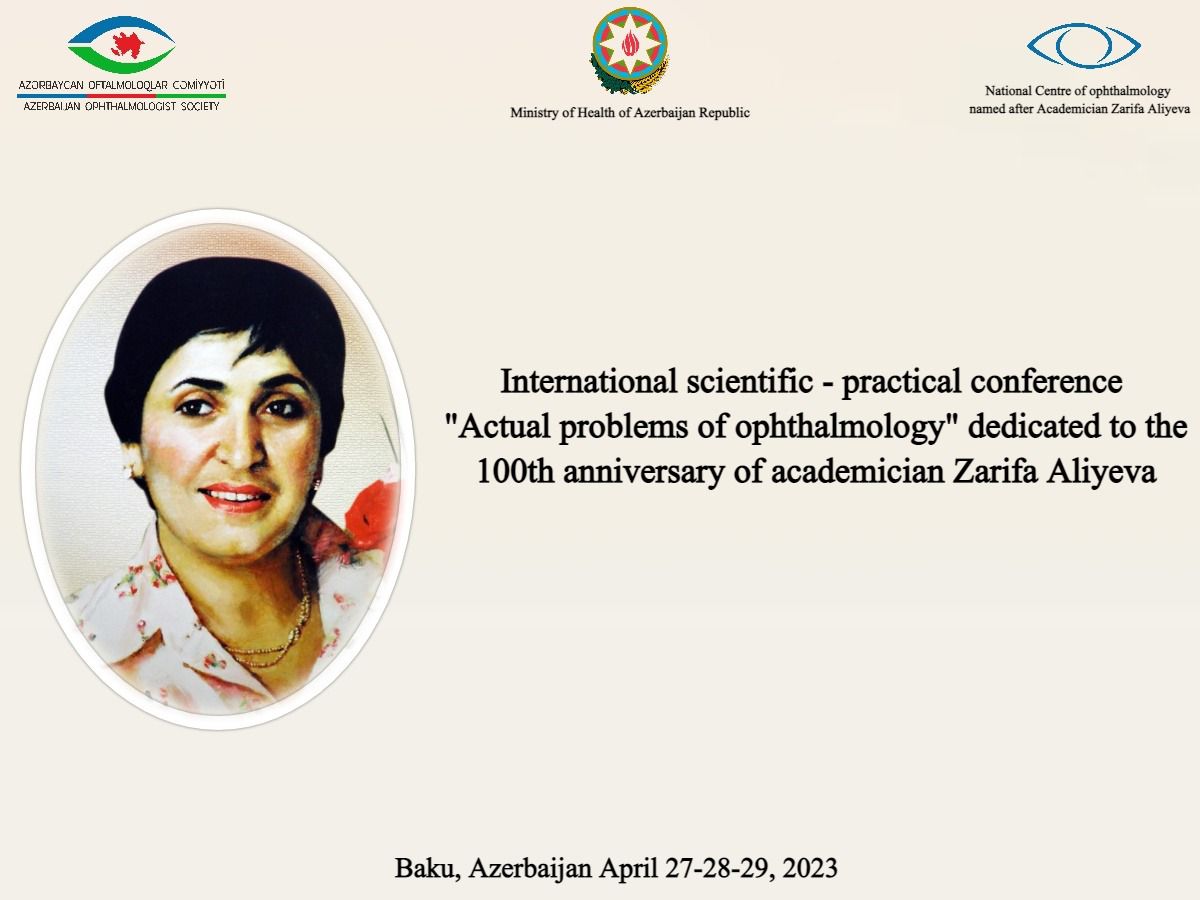On the role of micro anisometropia (the “butterfly” effect) in the occurrence of esotropia in children
Abstract
Purpose: This report presents 3 cases of esotropia in children and an attempt is made to explain the cause of the development of esotropia in these children.
Methods: A comprehensive ophthalmic examination was carried out in the following order: photorefraction using the Plusoptix A09 photoscreener without cycloplegia; orthoptic examination with the alternate prism cover test; anterior segment assessment using a slit lamp; fundus examination and cycloplegic retinoscopy; and, for autorefractometry measurements, Sure-Sight.
Results: Three cases of esotropia in children are presented. In all cases, a slight microanisometropia was observed along the cylindrical component of the squinting eye.
Conclusion: Our three examples show how a slight degree of ametropia can cause a deviation of the eyeball. Therefore, case-by-case analysis can be more informative than large statistical studies. Thus, it is appropriate to evaluate each case from these new perspectives. The timely elimination of a small degree of anisometropia in the astigmatic or spherical components can lead to the restoration of the symmetrical position of the eyes.
Copyright ©2020. All rights reserved.





